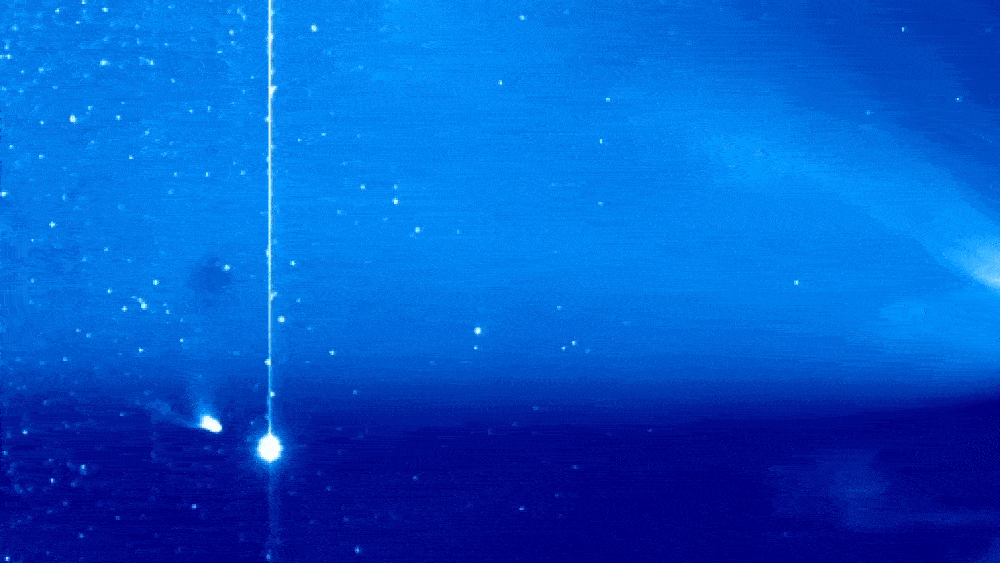Molecules, Vol. 28, Pages 2850: The Extraction and High Antiproliferative Effect of Anthocyanin from Gardenblue Blueberry
Molecules doi: 10.3390/molecules28062850
Authors: Fengyi Zhao Jialuan Wang Weifan Wang Lianfei Lyu Wenlong Wu Weilin Li
Blueberries are rich in flavonoids, anthocyanins, phenolic acids, and other bioactive substances. Anthocyanins are important functional components in blueberries. We collected 65 varieties of blueberries to investigate their nutritional and functional values. Among them, Gardenblue had the highest anthocyanin content, with 2.59 mg/g in fresh fruit. After ultrasound-assisted solvent extraction and macroporous resin absorption, the content was increased to 459.81 mg/g in the dried powder. Biological experiments showed that Gardenblue anthocyanins (L1) had antiproliferative effect on cervical cancer cells (Hela, 51.98 μg/mL), liver cancer cells (HepG2, 23.57 μg/mL), breast cancer cells (MCF-7, 113.39 μg/mL), and lung cancer cells (A549, 76.10 μg/mL), and no apparent toxic effects were indicated by methyl thiazolyl tetrazolium (MTT) assay, especially against HepG2 cells both in vitro and in vivo. After combining it with DDP (cisplatin) and DOX (doxorubicin), the antiproliferative effects were enhanced, especially when combined with DOX against HepG2 cells; the IC50 value was 0.02 μg/mL. This was further evidence that L1 could inhibit cell proliferation by inducing apoptosis. The detailed mechanism might be L1 interacting with DNA in an intercalation mode that changes or destroys DNA, causing apoptosis and inhibiting cell proliferation. The findings of this study suggest that L1 extract can be used as a functional agent against hepatoma carcinoma cells.

 1 year ago
24
1 year ago
24


